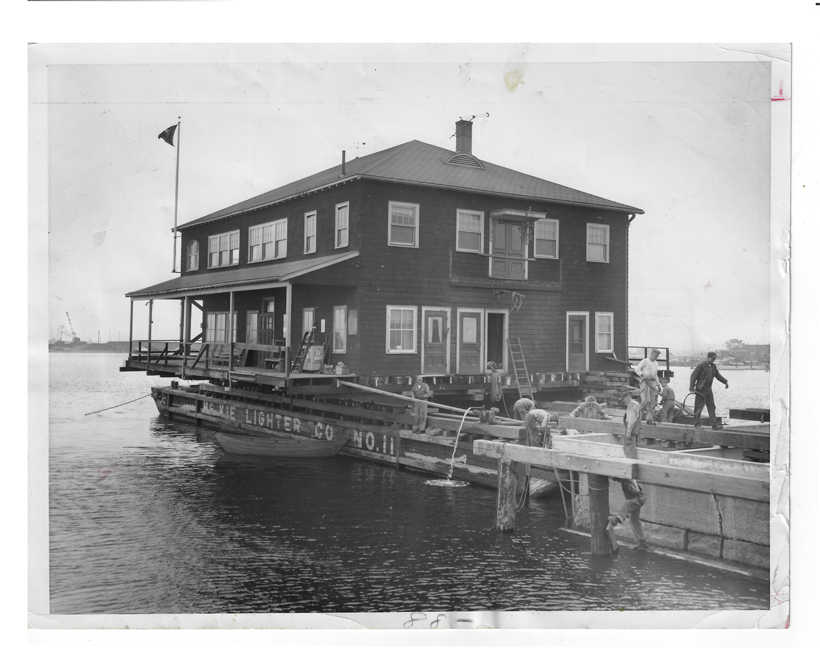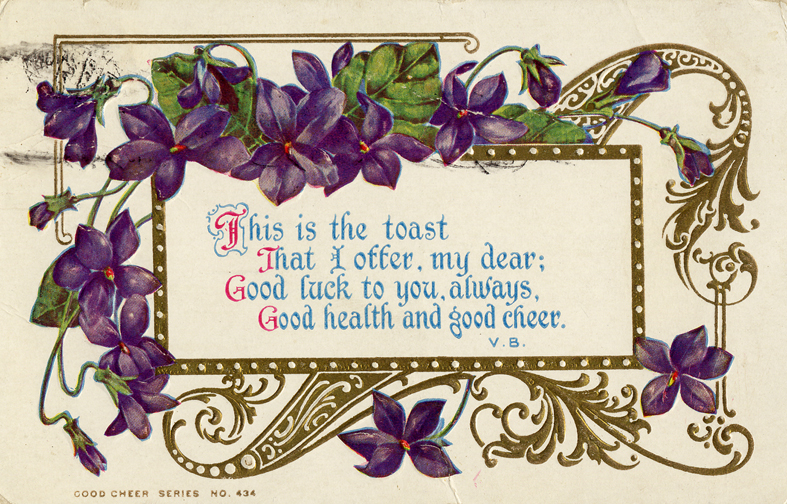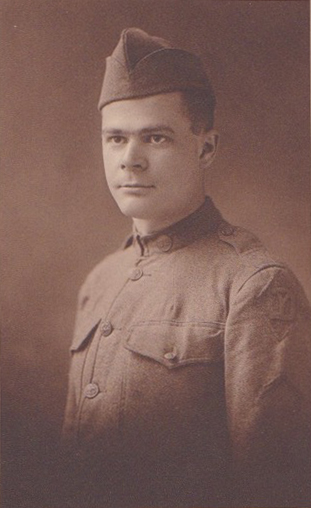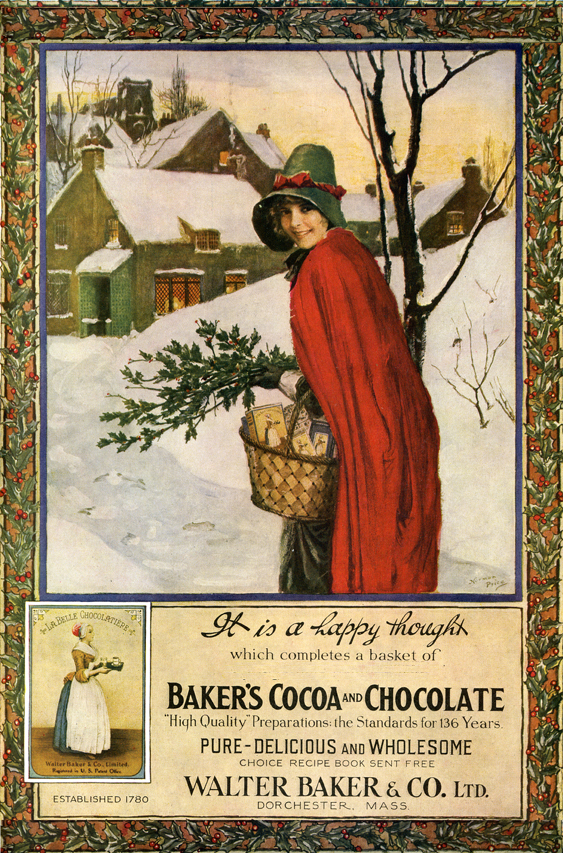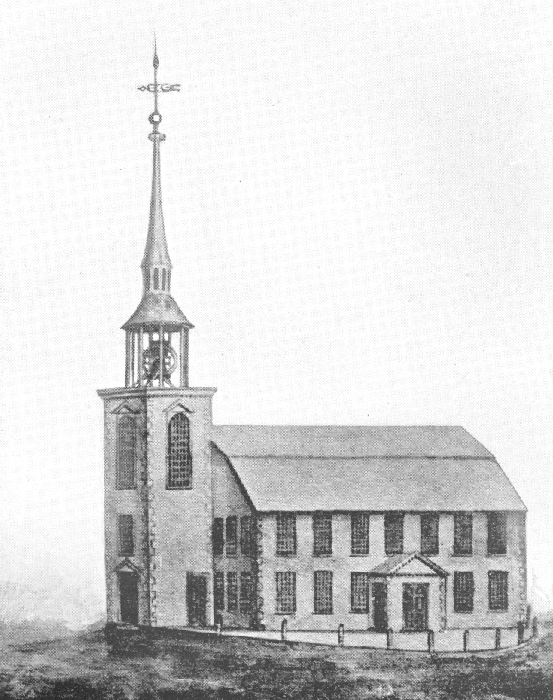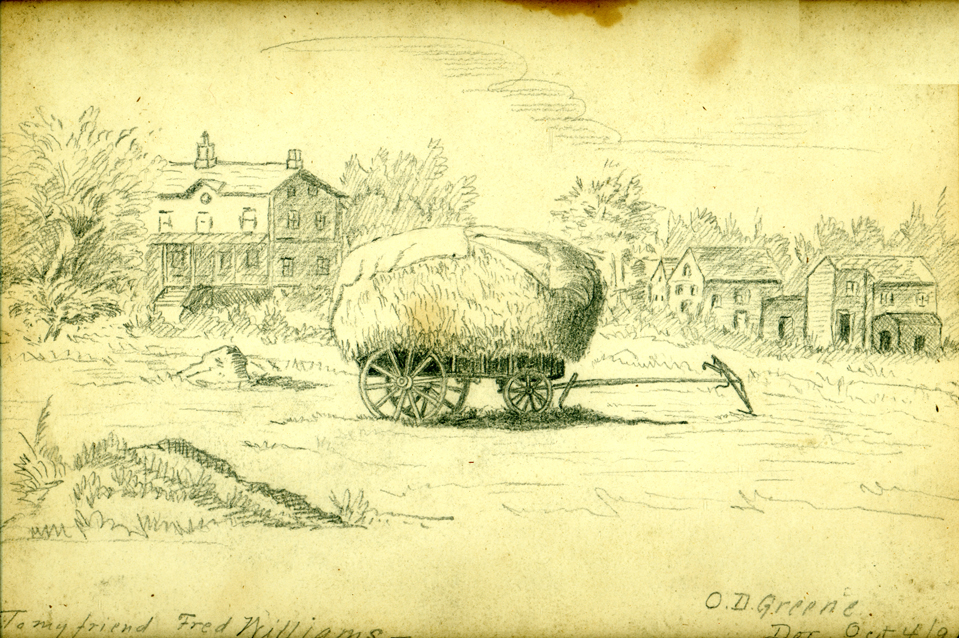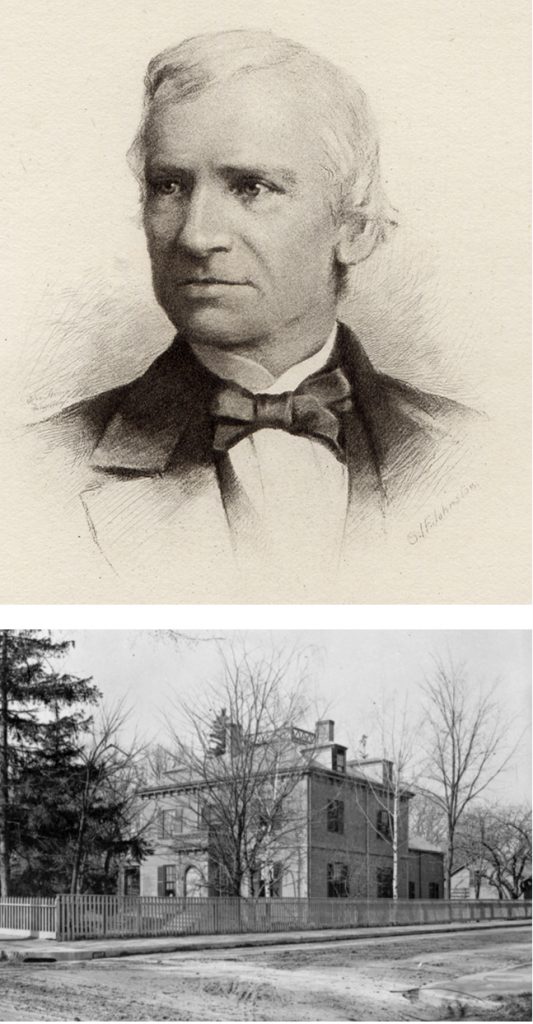Biography of World War 1 Veteran who lived in Dorchester.
Abraham Albert Abelson, known as Albert, was born on May 10, 1892, in Boston. His parents, Herman and Bessie (Sarafsky) Abelson were from Kovno, Lithuania. They immigrated to the United States around 1885. Herman and Bessie had five other children: Rebecca born in 1890; Harry in c1895; Nathan in 1898; Sarah, known as Sadie, in 1901, and Milton Isadore in 1908. There is also a birth record for a child born to Herman and Bessie Abelson on June 26, 1893; on the 1900 census a child with this birthdate is identified as Abel Abelson.
The Boston directories list a number of occupations for Herman. In the 1890s, he was listed as a clerk. At the turn of the century, he was a bookkeeper, then appeared as a peddler by the middle of the decade. The 1910 census reported he was a commercial traveler selling “fancy crackers.” In 1911, he ran a variety store at 140 Chelsea Street in East Boston. Two years later, he began appearing in the directory as a commercial traveler. He was a bread salesman, according to the 1920 census.
The Abelsons moved regularly. At the time of Albert’s birth, his family lived in the North End at 29 Fleet Street; by 1894, they lived at 26 Fleet Street. They then relocated to East Boston, by 1899 residing at 202 Bremen Street. They remained in East Boston for 15 years. In 1900, they lived at 279 Chelsea Street. By 1903, they had moved to 155 Havre Street. The next year they moved again, to 6 Saxon Court, and then in 1905, to 200 Marion Street. They moved around on Marion Street over the next couple years, to number 221 in 1906, and to 253 in 1907. In 1909, the directory listed them at 312 Bremen Street, which the 1910 census reported that they owned. In 1912, they appeared in the Boston directory at 326 Chelsea Street. During this time, Albert’s sister, Rebecca, married and left home.
In 1914, the family moved to Jamaica Plain, initially living at 5 Lena Park. Albert was employed by this time. He had begun his working life as early as 1910, when the census reported he was an elevator operator in an office building. In 1914, he was listed as a clerk, his occupation for the next few years. In 1916, Albert appeared in the directory back in East Boston, boarding at 724 Saratoga Street, while his father lived at 37 Lena Park. The family had been forced to move in 1915 after a fire destroyed the apartment they were renting. In 1917, all of the Abelsons moved to Dorchester at 35 Lorne Street.
On June 5, 1917, Albert enrolled in the U.S. Naval Reserve Force. The same day, he registered for the draft, reporting on his registration that he was “waiting to be called to the Naval Reserves,” and giving the Charlestown Navy Yard as his place of employment. On June 26, 1917, he was assigned to a receiving ship in Boston. On August 17, he was transferred to the USS America, a former German liner which was being converted into an American troopship. In October 1917, the America began carrying soldiers to France. Albert served on the USS America until July 1, 1918. After a week on a receiving ship in New York, he was assigned to the recently chartered and commissioned USS Tivives. The refrigerator ship was part of the Naval Overseas Transportation Service and during the summer of 1918, transported beef and military equipment to France. Albert remained on the Tivives about two months, before again being placed on a receiving ship in New York. He was on the receiving ship on November 11, 1918, when the Armistice was declared. On December 24, he was placed on inactive duty at the Naval Overseas Transpiration Service, New York. At that time, he had attained a rank of seaman. He was honorably discharged on June 4, 1921.
While Albert was in the Navy, his family moved to 48 Hansborough Street and in 1918, his brother Nathan died during the influenza pandemic. After being placed on inactive duty, Albert joined his family at 48 Hansborough Street, working as an egg salesman. His youngest siblings, Sadie and Milton, also lived at home. Sadie worked in a shoelace factory. Milton was still attending school; he eventually became a lawyer and, subsequently, an Assistant Attorney General of Massachusetts. In 1923, the family moved a short distance to 43 Fabyan Street. After that, Albert is not listed in the Boston directory for the rest of the decade.
On July 7, 1928, Albert married Estelle Harris in New York City. Born in Joliette, Quebec, Estelle was a recent immigrant. The couple had two daughters: June and Barbara. They initially lived in New York; June was born there in 1929, Barbara five years later in 1936.
By 1931, Albert had returned to Massachusetts and was living at 5 Mount Hood Road in Brighton. That year, Estelle became an American citizen. Albert’s father, Harry, died in 1932; according to his obituary in the Jewish Advocate, he was well known in orthodox circles all around Boston. By 1933, Abert and Estelle had moved to 129 Chiswick Road in Brighton where Albert was an automobile salesman. In 1942, he reported on his World War II draft registration that he was unemployed. By 1957, Albert and Estelle lived in Brookline. They had moved to Miami Beach, Florida by 1968.
Albert died at age 81 on February 17, 1974, in Miami Beach, Florida. Memorial observances were held at his daughter, Barbara’s,home in Newton. Survivors included his wife, his two daughters, six grandchildren, and his brother, Harry. He was buried in the Sharon Memorial Park in Sharon, Massachusetts. When Estelle died in 1986, she was buried beside him.
Sources
Birth Records, Town and City Clerks of Massachusetts. Massachusetts Vital and Town Records. Provo, UT: Holbrook Research Institute (Jay and Delene Holbrook); Ancestry.com
Family Trees, Ancestry.com
Boston Directories, various years; Ancestry.com
1900, 1910, 1930, 1940 US Federal Census; Ancestry.com
World War I Selective Service System Draft Registration Cards, 1917-1918. Washington, D.C.: National Archives and Records Administration; Ancestry.com
Military, Compiled Service Records. World War I. Carded Records. Records of the Military Division of the Adjutant General’s Office, Massachusetts National Guard.
“USS America (ID-3006),” Wikipedia.org; last edited 9 June 2020 <https://en.wikipedia.org/wiki/USS_America_(ID-3006)>
“SS Tivives (1911),” Wikipedia.org, last edited 14 March 2020 <https://en.wikipedia.org/wiki/SS_Tivives_(1911)>
Nathan W. Abelson, FindAGrave.com
Index to New York City Marriages, 1866-1937. Indices prepared by the Italian Genealogical Group and the German Genealogy Group, and used with permission of the New York City Department of Records/Municipal Archives; Ancestry.com
Naturalization Records, National Archives at Boston, Waltham, Massachusetts. ARC Title: Petitions and Records of Naturalization; Ancestry.com
Selective Service Registration Cards, World War II: Fourth Registration. Records of the Selective Service System, National Archives and Records Administration; Ancestry.com
Deaths, Boston Globe, 27 Jan 1957: 45; Newspapers.com
Morning Death Notices, Boston Globe, 16 April 1968: 43; Newspapers.com
“Fire Drives Out Families,”, Boston Globe, 27 October 1915: 13; Newspapers.com
State of Florida. Florida Death Index, 1877-1998. Florida: Florida Department of Health, Office of Vital Records, 1998.
Deaths, Boston Globe, 19 February 1974: 34; Newspapers.com
Albert Abelson; FindAGrave.com

